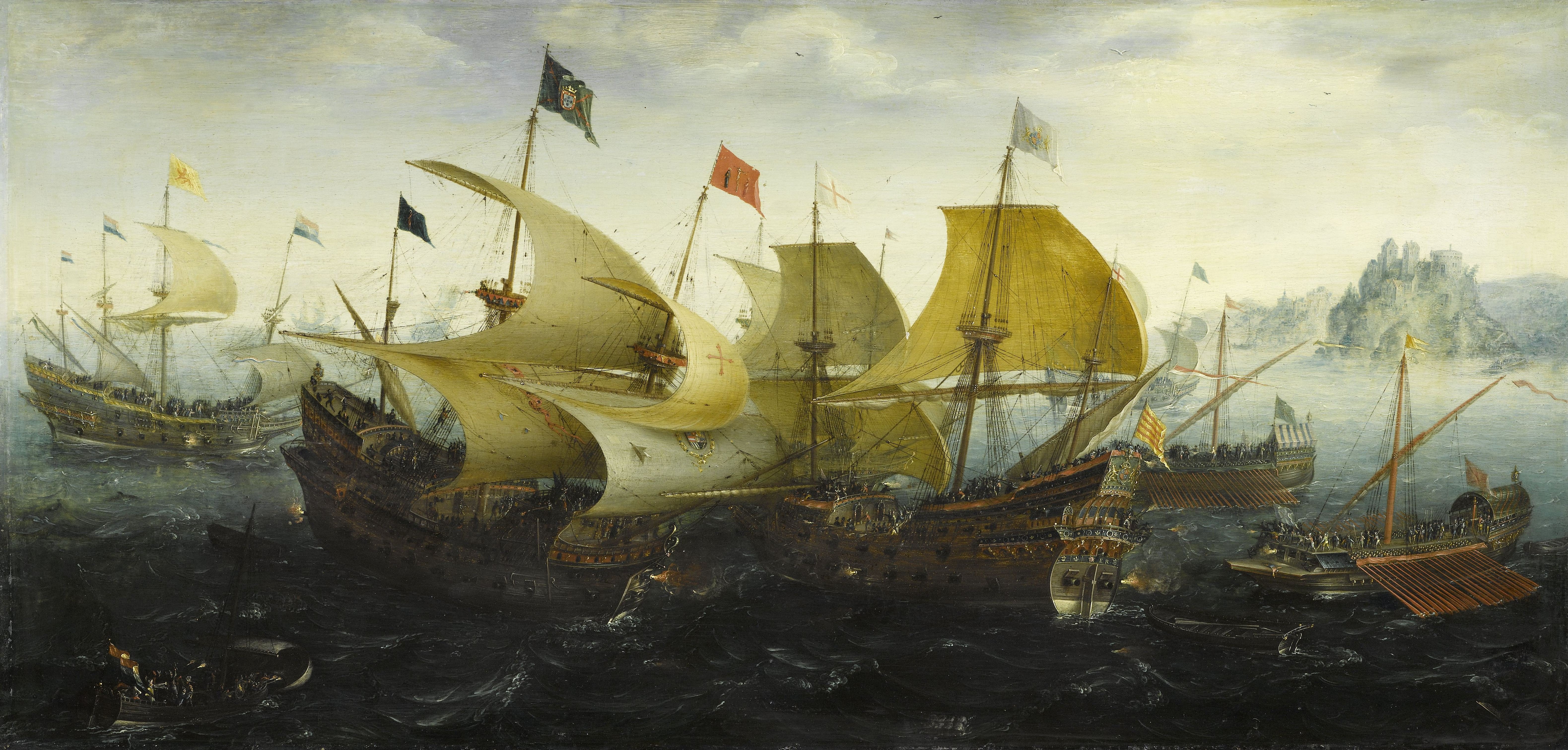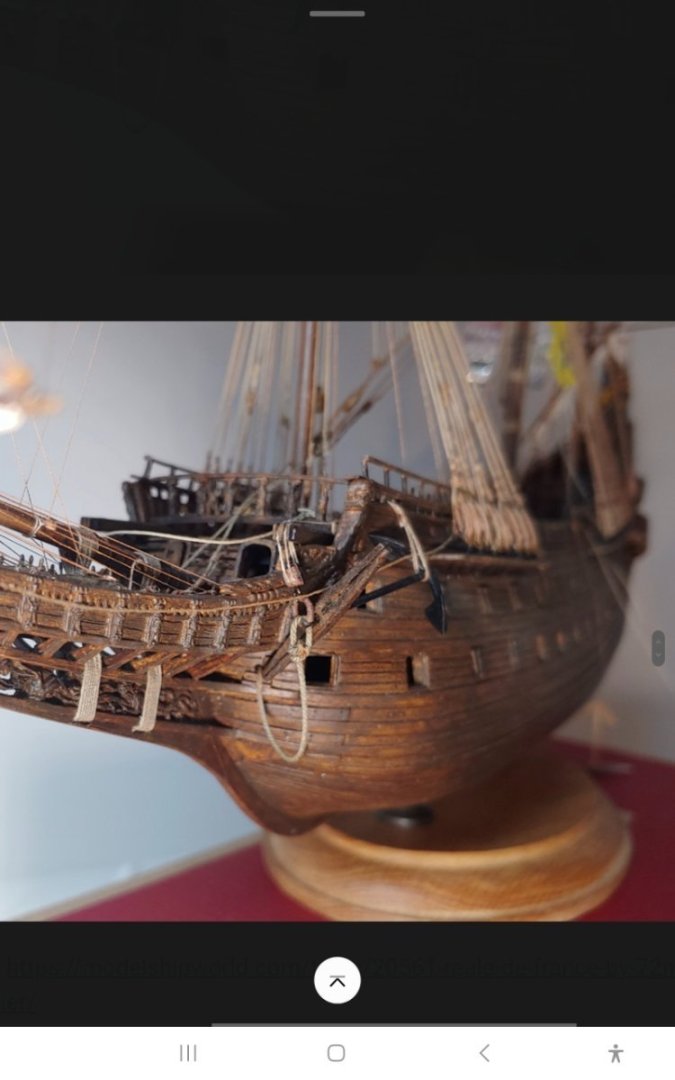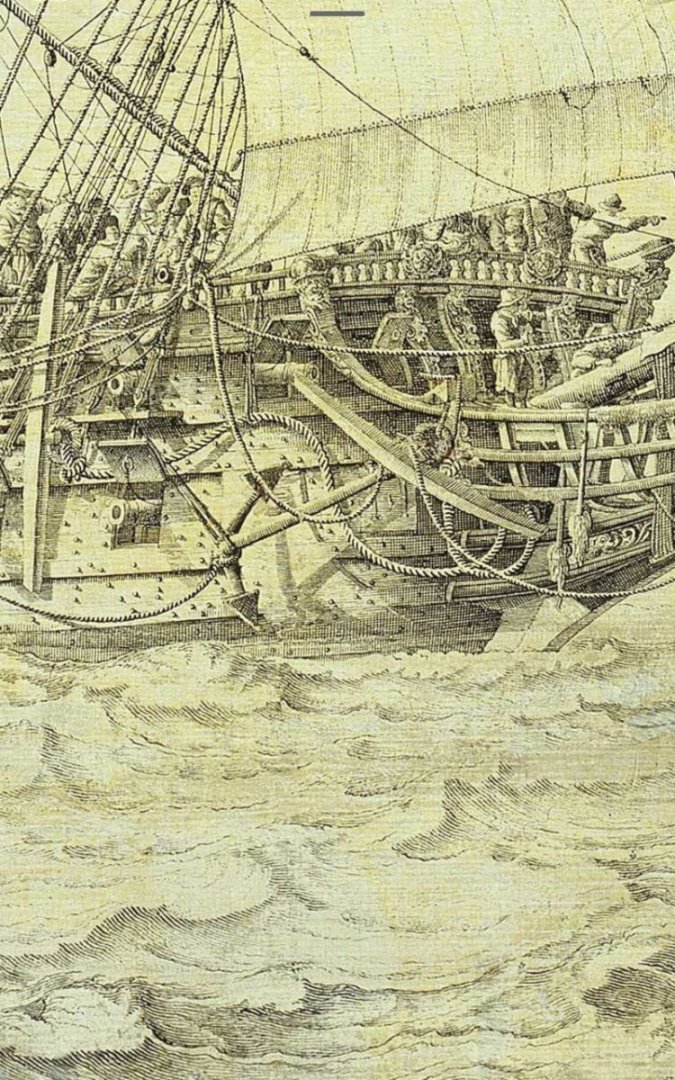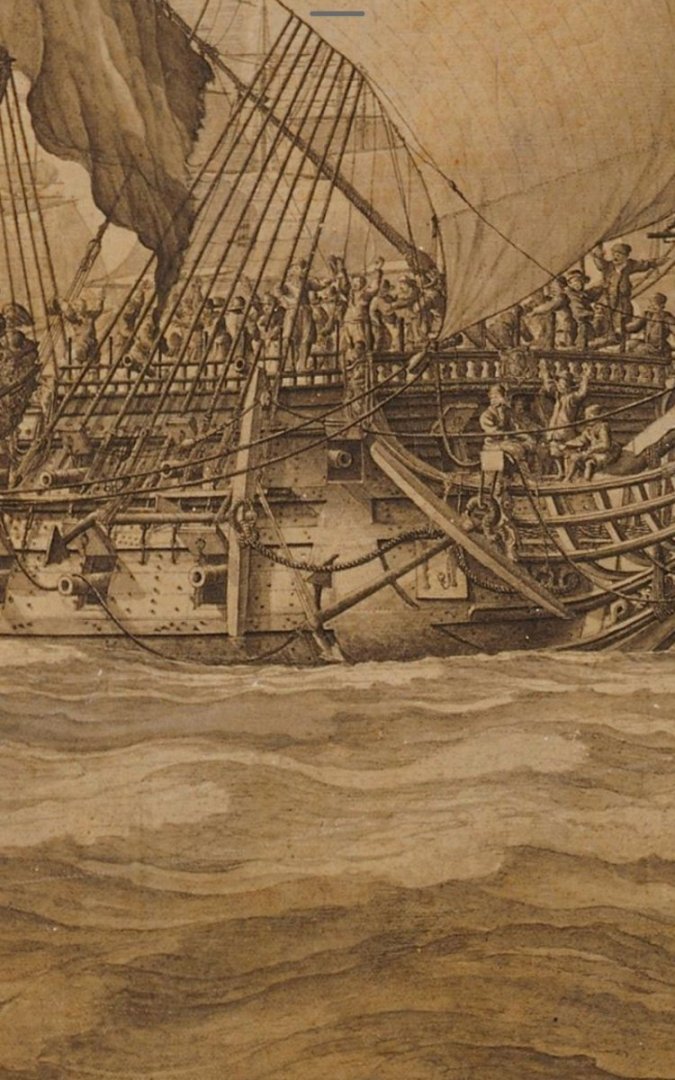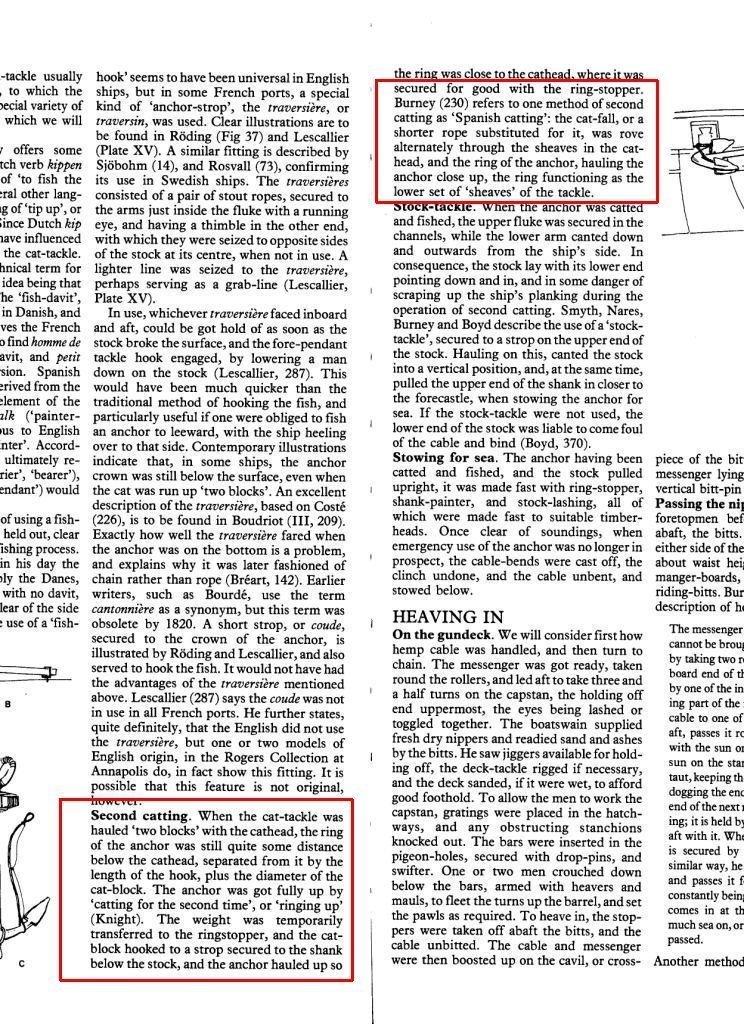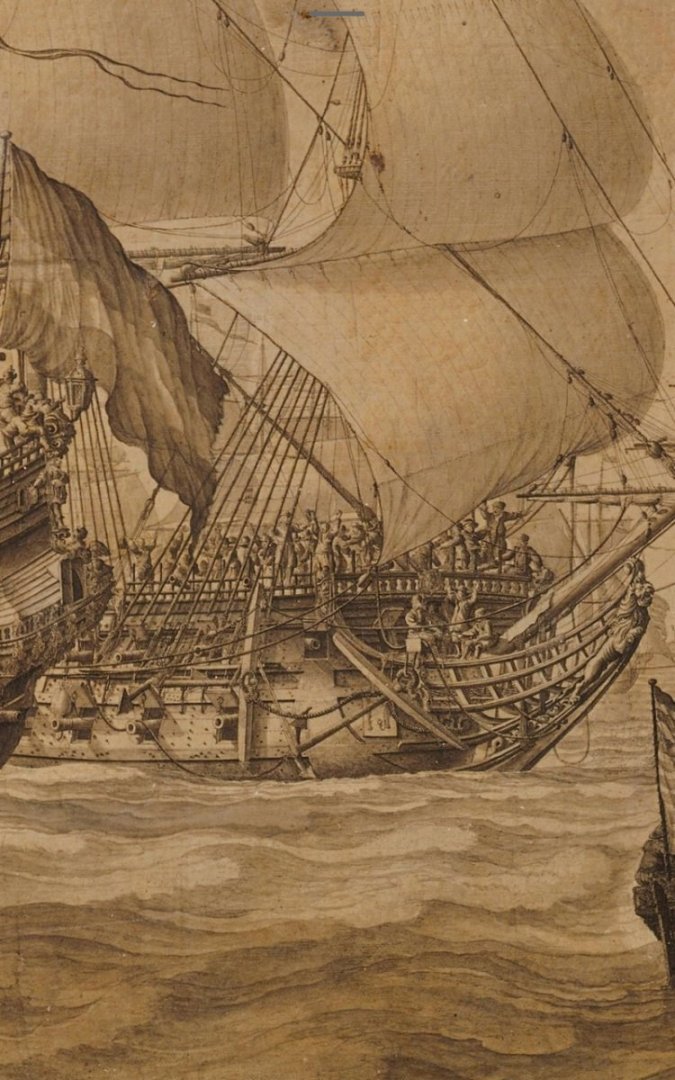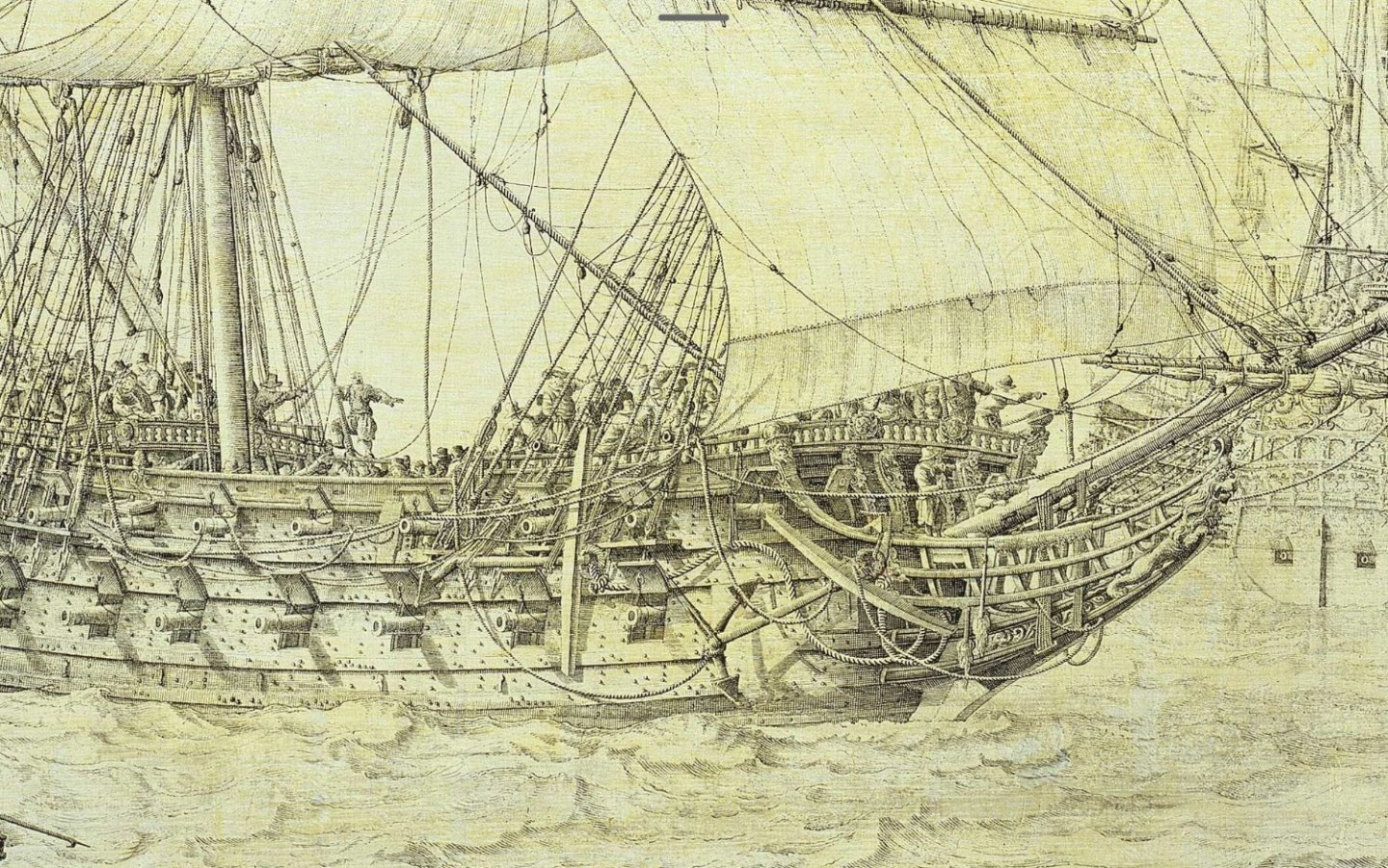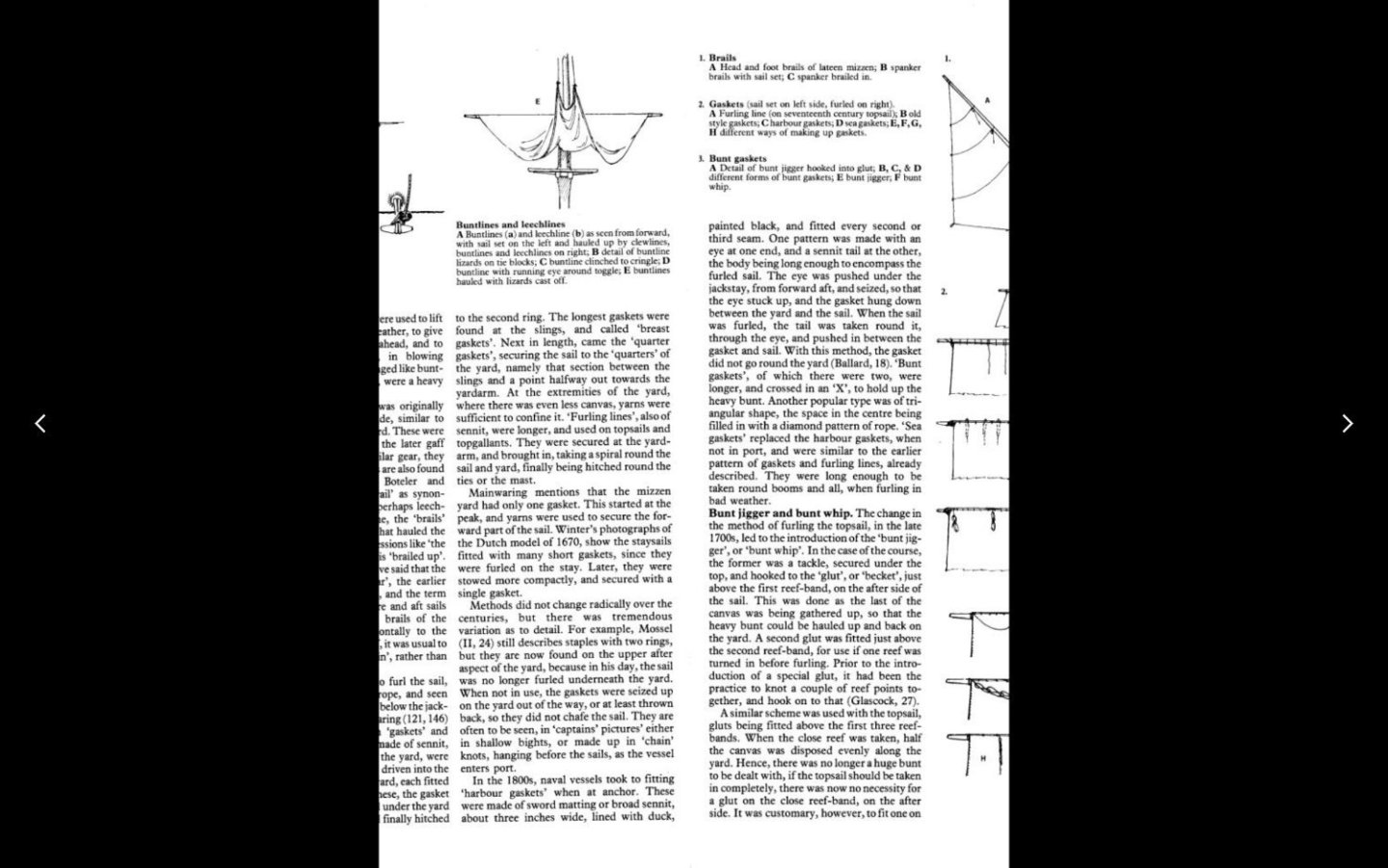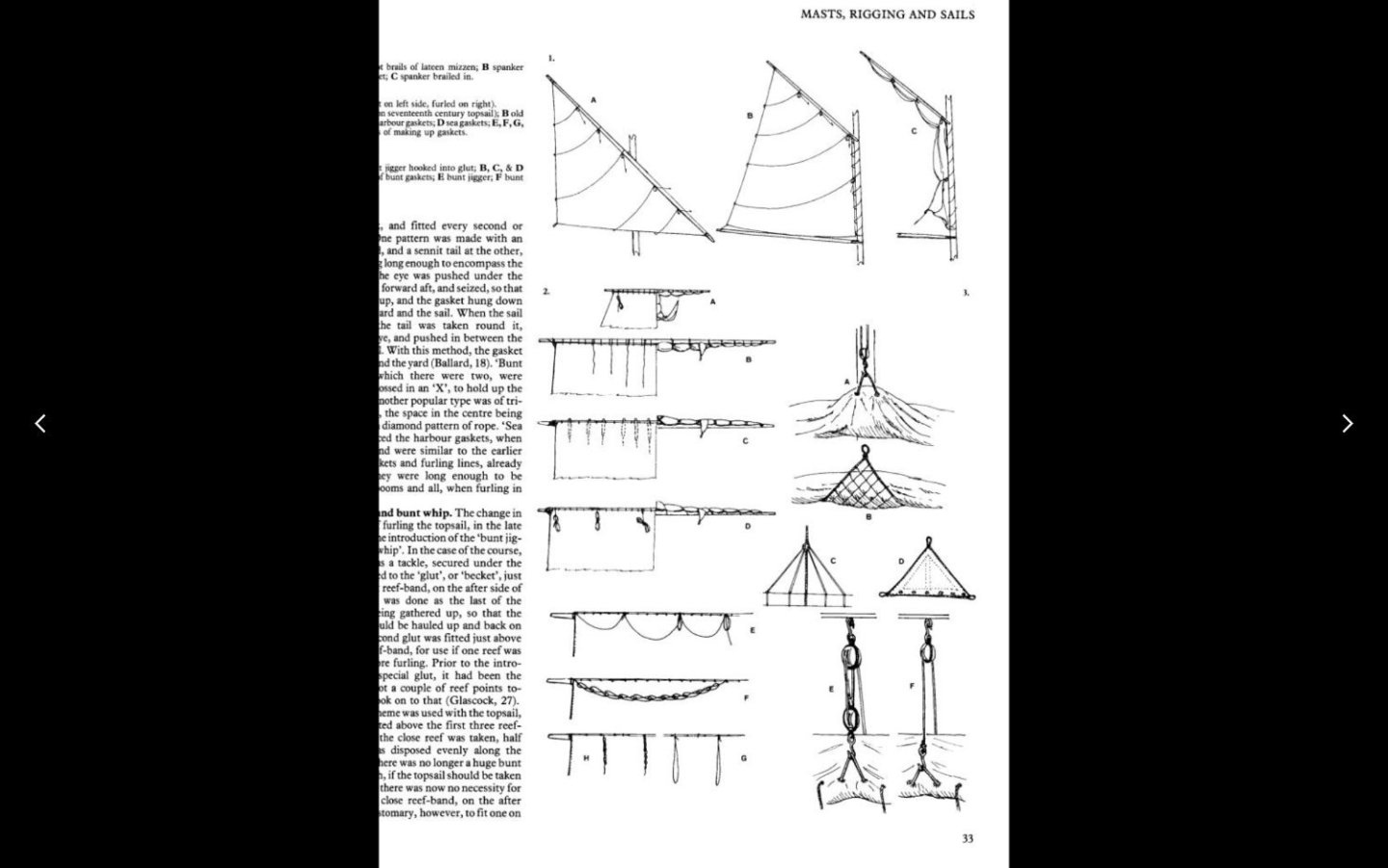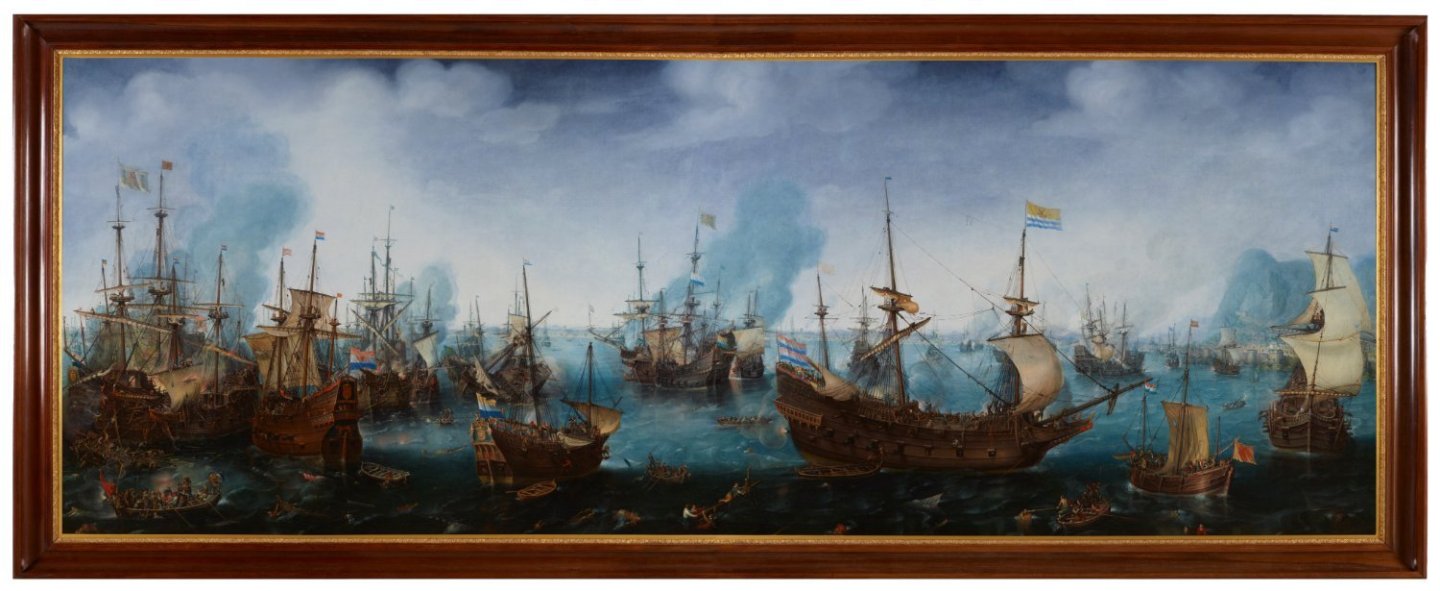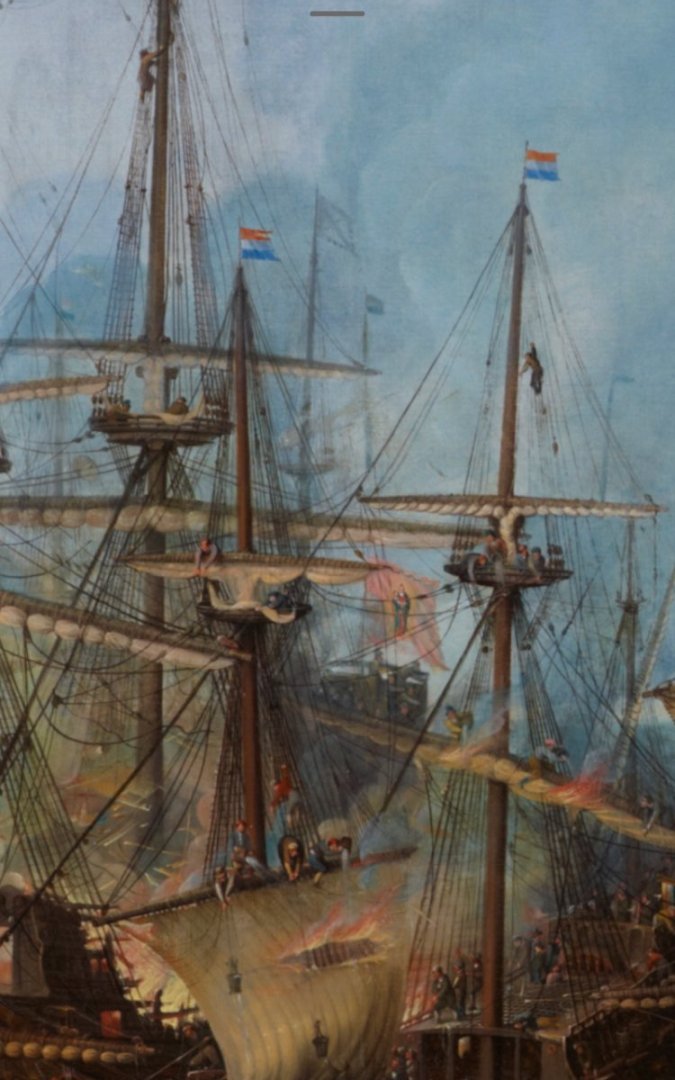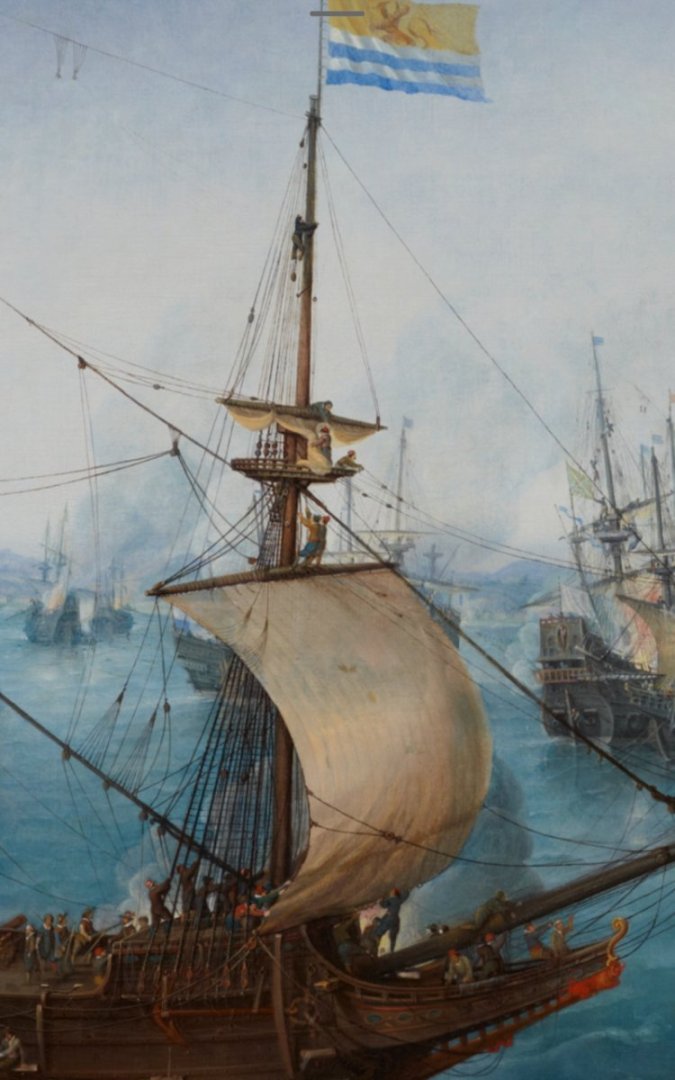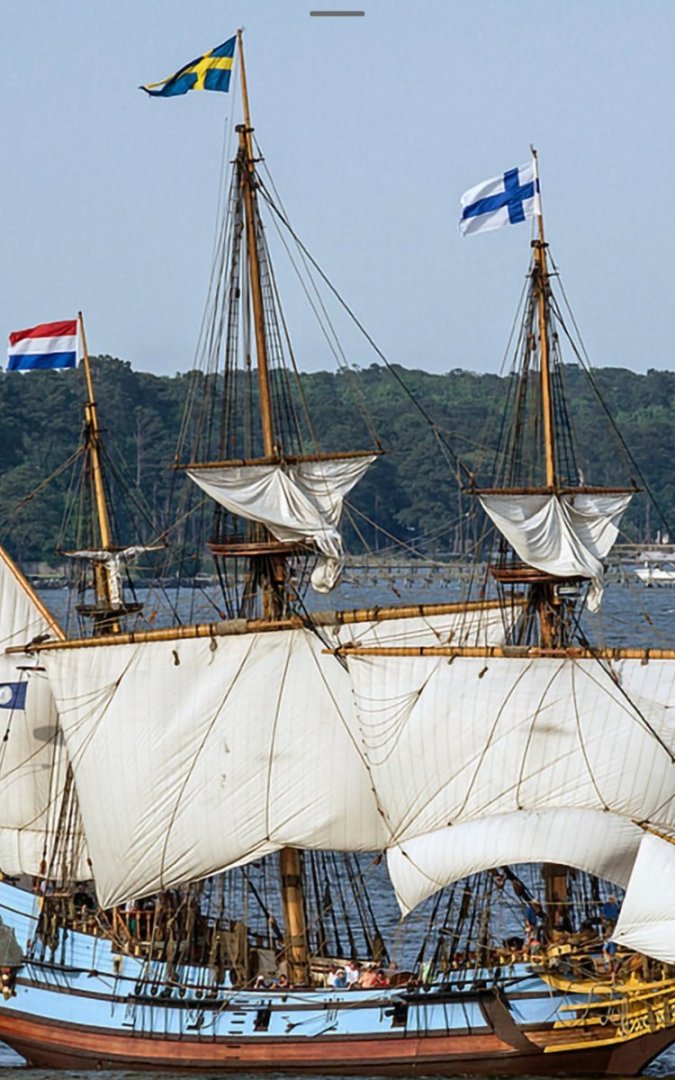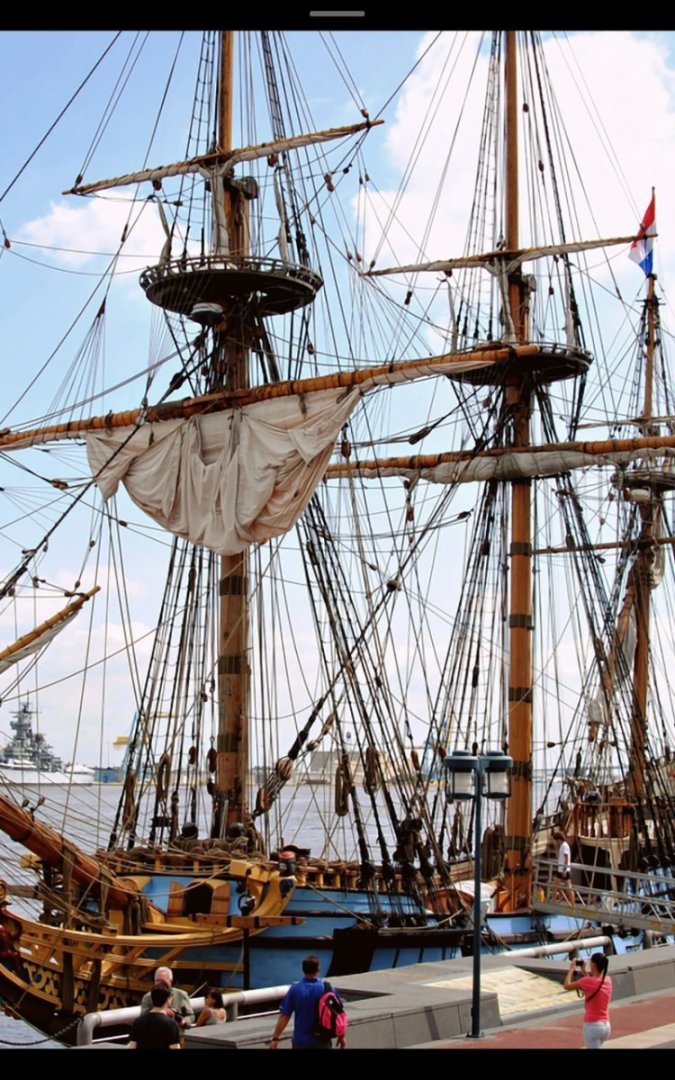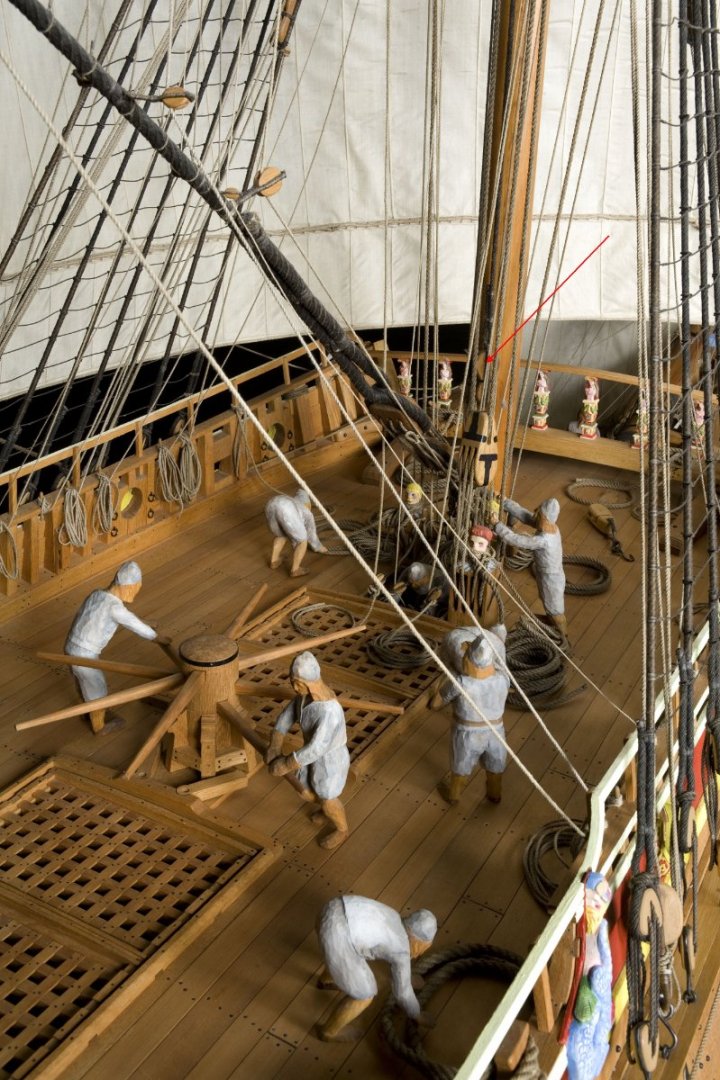-
Posts
907 -
Joined
-
Last visited
Content Type
Profiles
Forums
Gallery
Events
Everything posted by kirill4
-
Looking at the pictures we could noted ,when anchor secured in stowed position, than anckor tackle should be disangaged and single thick rope arranged instead of.
-
Some thoughts ... as I understoo with this hanging bulleye (fixed above fm upper deadeye) spritsail pendant passes clear/and above of anchor gear, but not below as You arranged presently... ?
-
Good day, All looks good, however have question ,how did You rig spripsail sheet ...it is not clear from the pictures... as I understood...at least looking at old dutch pictures...there should be long pendant which passes throug hanging bulleye attached to the first shroud area, than this pendant ended with single sheeve block, and than there should be simple whip tackle with this block started and ended somewhere in the waist...?
-
Good day Bruma, Your job just brilliant! I follow your building reports with great pleasure! Wish You all the best!
- 399 replies
-
- cutty sark
- revell
-
(and 2 more)
Tagged with:
-
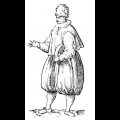
Soleil Royal by yancovitch
kirill4 replied to yancovitch's topic in - Kit build logs for subjects built from 1501 - 1750
100% Agree!!! -
Michael, I dare say, you are the first person in my memory who tried, and by the way, very successfully and very authentic for the 17th century, depicted retracted topsails !!! My respect and respect! Great job!!!
-
On the pictures, looks like clews rising up from the mast top platform to the lead blocks on the yard?
-
Michael, You just read my mind! :)))- fake furled vertical section! I think it will work as need!:) All The Best!!! Kirill
-
Michael, Why didn't You make topsail furling like this? It looks like ,not the first time( not the first Vasa ,not first galleons), people try to avoid any possible ways making this pure style of 16-early 17th topsails furling ... which makes me crying every time... again not! :((( :)))... don't understand why?... it is so specific thing in topsails furling for this time...details You could read in Harland book "Seamanship in the age of sail",
-
Good day, Thank You very much for your attention and kind comments!:) I m glad You like my little galleon experiment .
- 228 replies
-
- spanish galleon
- lee
-
(and 1 more)
Tagged with:
-
They say cold, snowing...and "0" modeling...:))) I'm not at home till May. We are working between Cuba and New Orlean...
- 228 replies
-
- spanish galleon
- lee
-
(and 1 more)
Tagged with:
-
Good day! Well Can Imagine how difficult what You are doing now! However it looks Great ! With single lead blocks for main and main top gallant stay on the fore mast - it sounds good and quite acceptable solution!!! wasa_31.tif wasa_31.tif
-
Good day, My Congratulations with completion your Golden Hinde! All The Best ! Kirill
- 137 replies
-
- Golden Hinde
- Revell
-
(and 2 more)
Tagged with:
-
Good day, I never saw gulls directly interact with people like this birds do
- 228 replies
-
- spanish galleon
- lee
-
(and 1 more)
Tagged with:
-
Michael, funny thing I was 100% sure You made those small deadeyes from copper strip :))) together with chain as single unit and that white middle area was light reflecting on the photo but now I see it was made from plastic strip and painted at the ends as wood ... very interesting how mind could play with seen objects makes You believe in existing of fiction things :)))
About us
Modelshipworld - Advancing Ship Modeling through Research
SSL Secured
Your security is important for us so this Website is SSL-Secured
NRG Mailing Address
Nautical Research Guild
237 South Lincoln Street
Westmont IL, 60559-1917
Model Ship World ® and the MSW logo are Registered Trademarks, and belong to the Nautical Research Guild (United States Patent and Trademark Office: No. 6,929,264 & No. 6,929,274, registered Dec. 20, 2022)
Helpful Links
About the NRG
If you enjoy building ship models that are historically accurate as well as beautiful, then The Nautical Research Guild (NRG) is just right for you.
The Guild is a non-profit educational organization whose mission is to “Advance Ship Modeling Through Research”. We provide support to our members in their efforts to raise the quality of their model ships.
The Nautical Research Guild has published our world-renowned quarterly magazine, The Nautical Research Journal, since 1955. The pages of the Journal are full of articles by accomplished ship modelers who show you how they create those exquisite details on their models, and by maritime historians who show you the correct details to build. The Journal is available in both print and digital editions. Go to the NRG web site (www.thenrg.org) to download a complimentary digital copy of the Journal. The NRG also publishes plan sets, books and compilations of back issues of the Journal and the former Ships in Scale and Model Ship Builder magazines.

